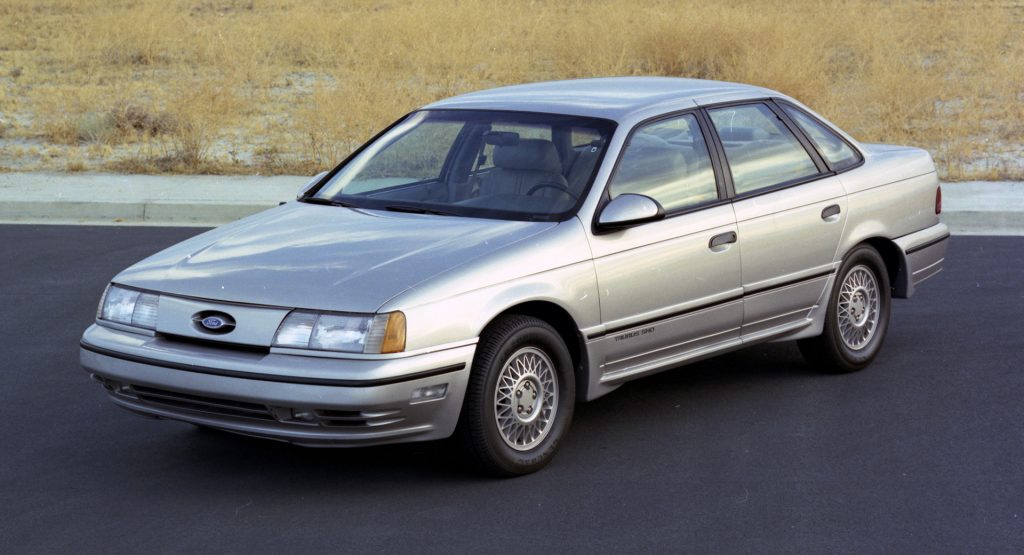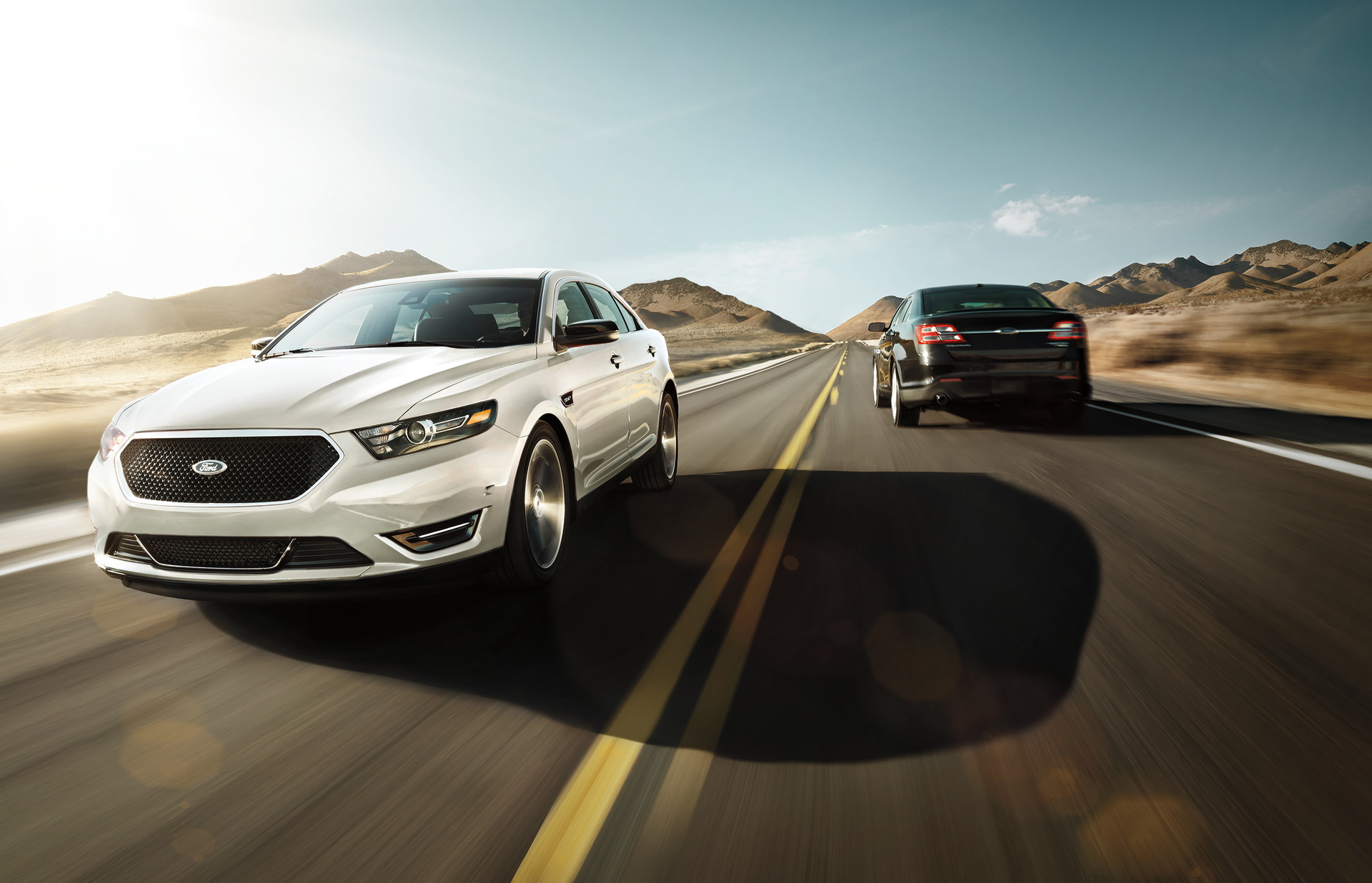That the Taurus SHO name still carries some cache after about 30 years and two forgettable versions should hint at how special the very first edition of the car really was.
It’s also a reminder of just how successful Ford was when it introduced the Taurus to the world in 1986. The result of a $3 billion investment (about $7 billion adjusted for inflation), the Taurus was more futuristic than anything coming out of America at the time and its humdrum looks today are a function of the scale of its success in its day, argues Jason Cammisa in the latest episode of his Hagerty series, Revelations.
But, the performance of the car was—well, what’s more boring than humdrum? Despite having a 3.0-liter Vulcan V6 under the hood, it made just 140 hp and took 13.5 seconds to get up to highway speed. So Ford decided to find an engine that lived up to the Taurus’ looks.
Read Also: Conan O’Brien Still Has His 1992 Ford Taurus SHO
To do that, they turned to Yamaha. The company worked to extensively improve the engine, but didn’t touch the displacement and didn’t add any forced induction. Despite that, it managed to find an extra 60% more power and 25% more torque.
Its 220 hp came from aluminum double-overhead-cam four-valve-per-cylinder heads and a fortified the bottom end. The improvements allowed the SHO to rev to 7,300 RPM, 2000 RPM past the standard engine’s redline. Do you think Yamaha became bashful at any point and worried that they would embarrass Ford with the engine?
Whether or not they worried about it, the resulting engine, named Shogun, made the Taurus SHO the most powerful FWD car of its day, halving the Taurus’s 0-60 time and getting it to a top speed of 140 mph in the process. That was performance that put it roughly on par with Ferrari’s four-seater at the time, the Mondial.
Little wonder then, that even though there hasn’t been a particularly interesting Taurus SHO in a very long time, the name still carries some weight.









